
AlgebraQuestion and Answers: Page 259
Question Number 102927 Answers: 3 Comments: 1
Question Number 102548 Answers: 0 Comments: 0
Question Number 102490 Answers: 1 Comments: 0
Question Number 102418 Answers: 1 Comments: 0

Question Number 102278 Answers: 3 Comments: 4
Question Number 102201 Answers: 0 Comments: 0
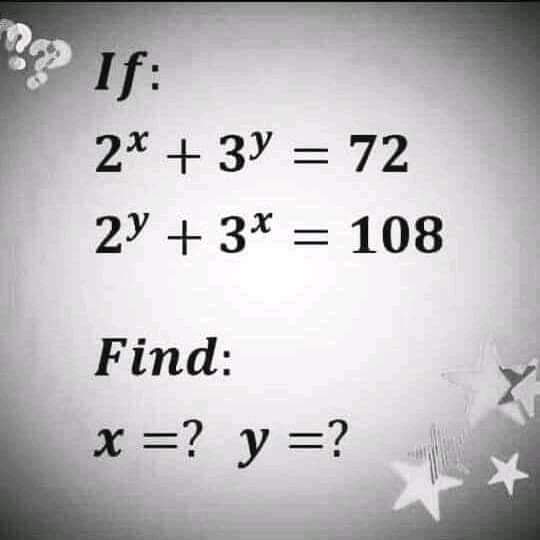
Question Number 102186 Answers: 0 Comments: 0

Question Number 102179 Answers: 1 Comments: 0
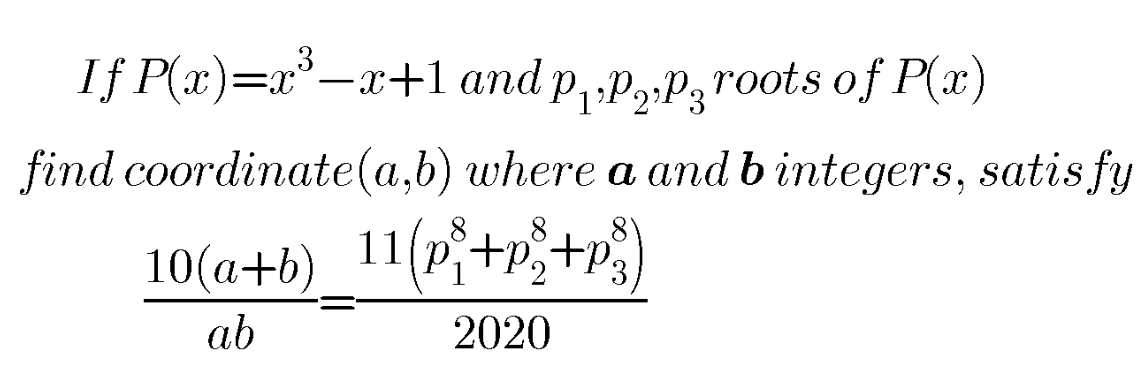
Question Number 102178 Answers: 1 Comments: 0
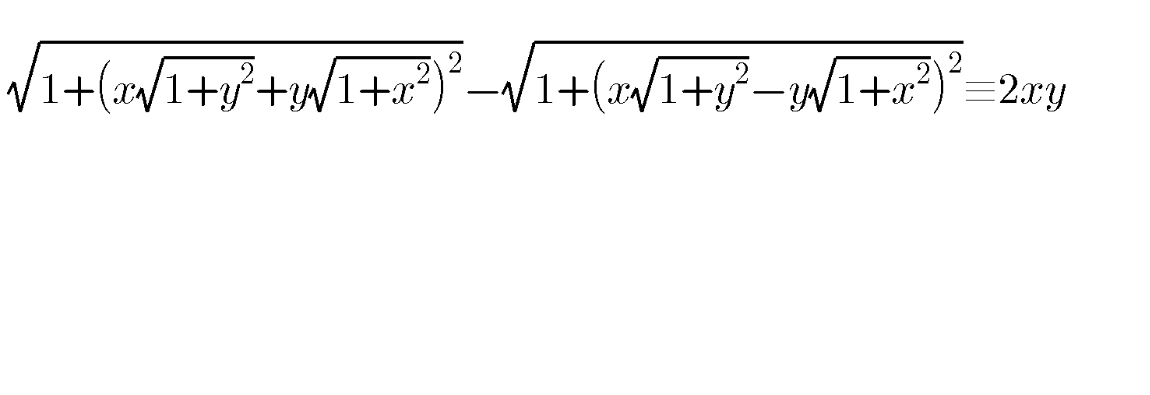
Question Number 102109 Answers: 0 Comments: 0
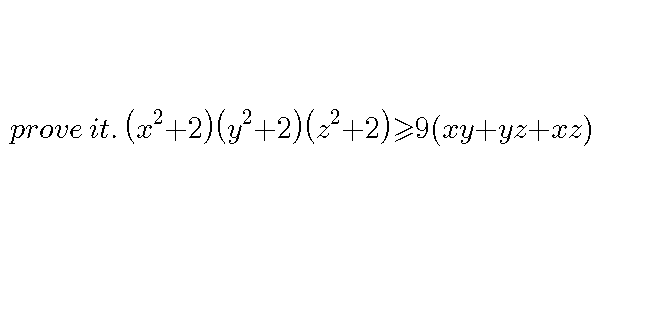
Question Number 102078 Answers: 5 Comments: 0
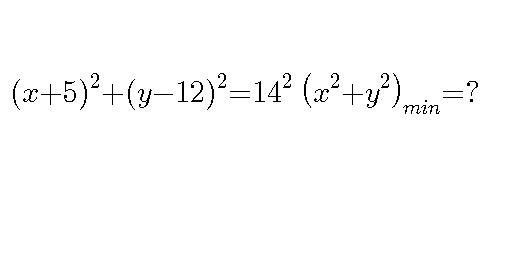
Question Number 102002 Answers: 0 Comments: 6

Question Number 101971 Answers: 0 Comments: 2

Question Number 101961 Answers: 0 Comments: 4

Question Number 101951 Answers: 0 Comments: 3

Question Number 101921 Answers: 1 Comments: 1
Question Number 101803 Answers: 1 Comments: 2
Question Number 101800 Answers: 1 Comments: 3

Question Number 101742 Answers: 3 Comments: 0
Question Number 101693 Answers: 3 Comments: 2
Question Number 105306 Answers: 1 Comments: 1
Question Number 101607 Answers: 0 Comments: 0
Question Number 101871 Answers: 1 Comments: 0
Question Number 101568 Answers: 1 Comments: 0
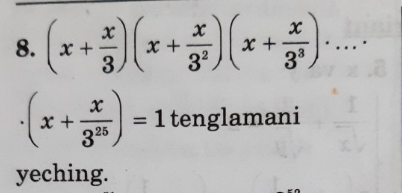
Question Number 101563 Answers: 2 Comments: 0
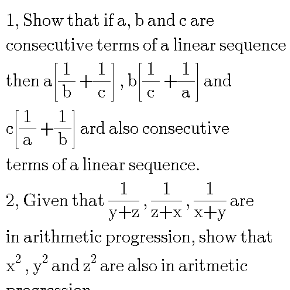
Question Number 105345 Answers: 1 Comments: 0
Pg 254 Pg 255 Pg 256 Pg 257 Pg 258 Pg 259 Pg 260 Pg 261 Pg 262 Pg 263
